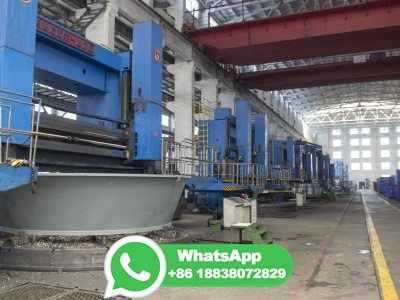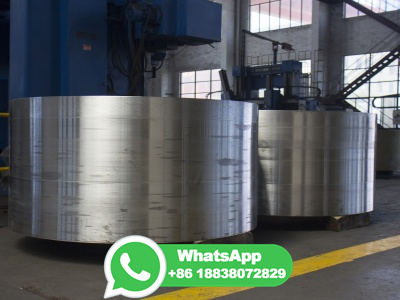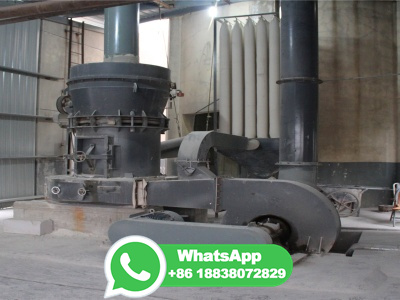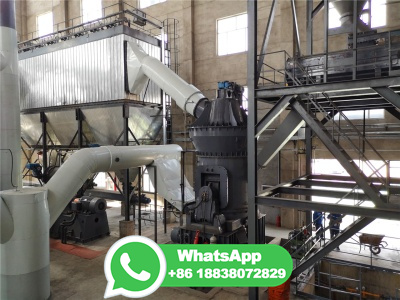4 Stage Road Construction Procedure Easy Step by Step Guide Civilverse
Lay the subbase material over subgrade, maintaining the thickness of the layer. The maximum allowable variation for material thickness is 6mm for a m stretch of road. Water the layer before compaction, if needed. Compact the layer with a tandem roller or a vibratory roller.



























![Tarring of Roads [Get the BEST Tarring Prices here! CLICK]](/c4lb06x/222.jpg)





